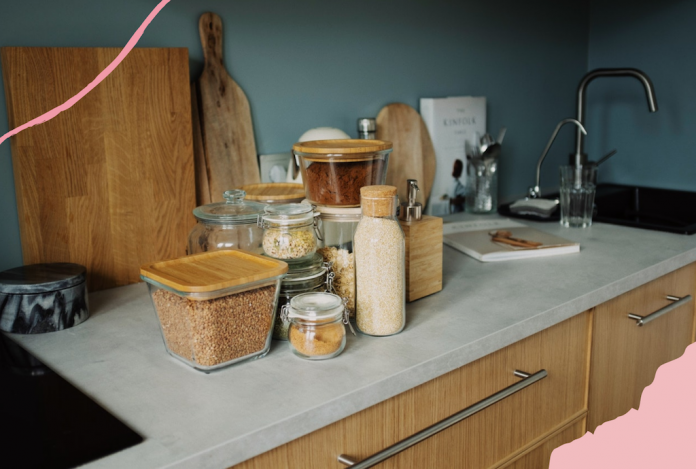If you have a sweet tooth, choosing something to drink among all the dry, ‘serious’ wines can be difficult. Whilst dessert wines tend to be looked down upon as a novice wine drinkers’ choice, we couldn’t disagree more with such a sediment. Sorry, we mean sentiment. Indeed, historically, sweeter wines were once the most popular and coveted style of wine, and to this day, some superb, collectable versions are available. To help you understand more about the value of fine dessert wines, we’ve teamed up with Jack Chapman, Senior Portfolio Manager from Cult Wines, to bring you this; our IDEAL guide to fine dessert wines.
WHAT MAKES A DESSERT WINE?
Whilst there is no universal guide on what actually defines a dessert wine, it usually comes down to the sugar content, hence the ‘sweet wine’ moniker, which isn’t actually all that helpful; the two terms aren’t interchangeable. Anyway, dry wines tend to have no perceptible residual sugar, whereas dessert wines do. To make wine, yeast converts the sugars of wine grapes into alcohol and CO2 under a fermentation process. Typically, the smaller amount of yeast used to ‘eat’ up the sugar causes a much sweeter wine and a higher alcohol content.
HOW IS SWEETNESS IN WINE MEASURED?
On the wine sweetness chart, level 1 represents a dry wine whereas anything 5+ indicates a very sweet wine. To give you an idea of a 5+ fine dessert wine, it would contain approximately 13g of sugar per 100ml; interestingly, a can of Coca-Cola contains 10.8g per 100ml. Needless to say, dessert wines are certainly worthy of their name.
WHAT ARE THE DIFFERENT TYPES OF DESSERT WINE?
There are plenty of different dessert wines to choose from, but the most popular choices include Muscat, Loupiac AOC, Sauternes, Pedro Jimenez and Tokaji Aszu. The latter is, in fact, the first recorded dessert wine, originating from Hungary in the 17th century.
WHAT ABOUT SWEET RED WINES?
Although dessert wines are typically associated with white varietals, there are plenty of dessert red wine options too. Perhaps the most popular offering is the vintage port which is known for its big bold flavours and high ABV of up to 20%; pairing perfectly with your cheese board, we think. Other sweet reds include fizzy offerings such as Lambrusco, sparkling Shiraz, and Brachetto d’Acqui, as well as medium-bodied Schiava, Black Muscat and Dornfelder.
WHAT IS THE BEST WAY TO SERVE DESSERT WINE?
It is best to serve dessert wine with a 175ml serving size, as they are typically sipped slowly. However, feel free to serve it in regular wine glasses since this permits you to swirl, smell and savour the sweetness of these wines. So that the delicate flavours are not damaged, serve dessert wines slightly chilled to temper the perception of sugar. And with that, chin chin!





